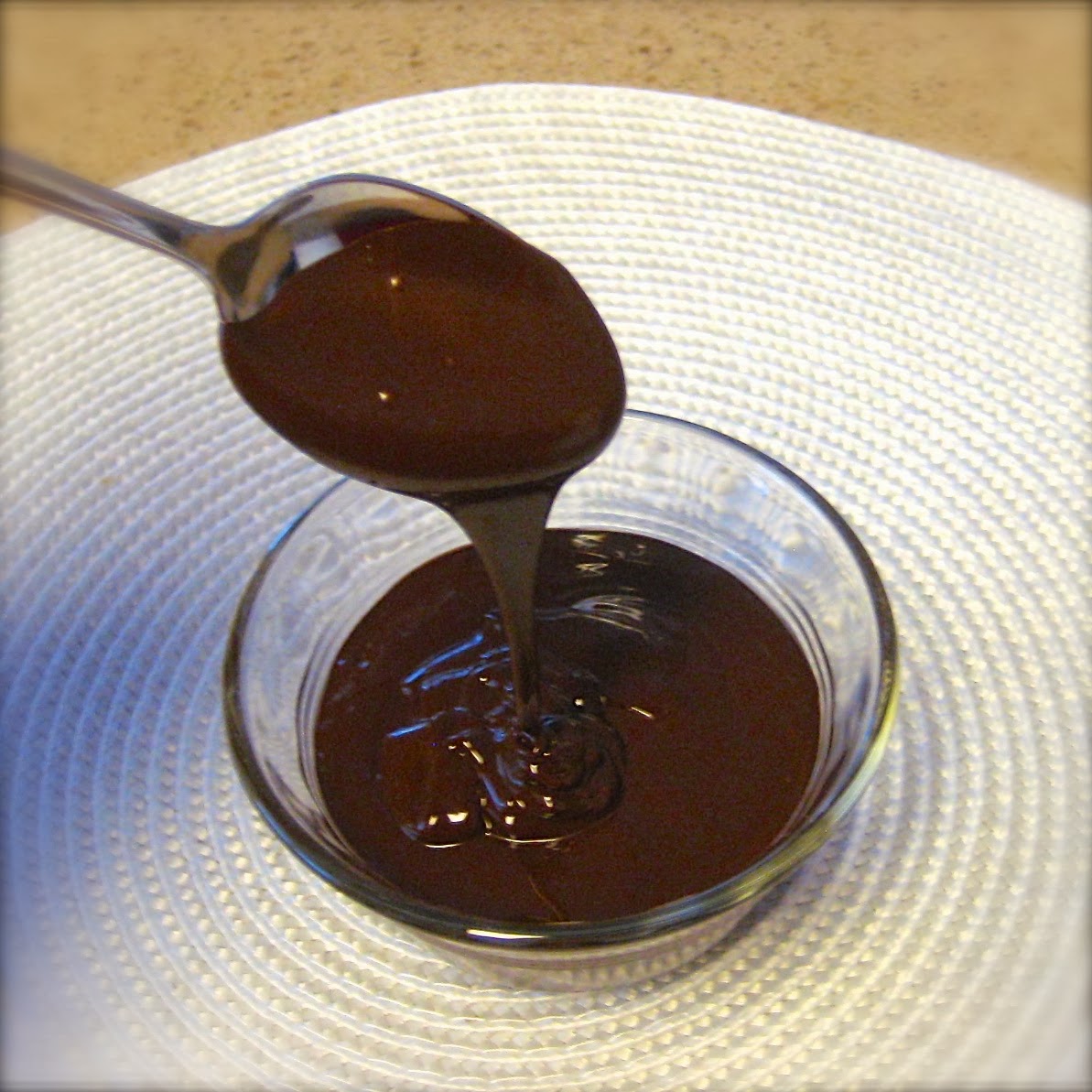Nut butters have gained more shelf space in your grocery store and trying to find the healthiest choice may be a bit daunting.
Here’s what’s in my grocery store: Peanut, Almond, Hazelnut, Cashew, Sunflower and Soy butter (and yes, I realize that soy and peanuts are really legumes adn sunflower is a seed, but nutritionally they can all fall into the "nut" butter category). They are all fairly close nutritionally, generally varying in only a gram or two variation in nutrients. For example:
·
Almond and sunflower have 4 grams fiber per serving and peanut has 3.
·
Sunflower is high in fiber but low in
protein.
·
Peanut and Soy butters are higher in protein
since they are legumes and legumes generally contain more protein than nuts or
seeds.
- The fewer ingredients the better. Natural has less added to it than organic. You only need nuts, not extra sugar or hydrogenated fats. (If you don't like the oil that separates out of natural peanut butter - store it upside down)
- Watch your serving size. Although 2 Tbsp. is the serving size listed on the label, feel free to cut that in half - 1 Tbsp. of nut butter goes a long way with half the calories of a traditional serving size.
- Pair it with another healthful food. An idea paring would be fresh fruits or whole grains such as whole wheat breat or crackers. Why not up your snack's nutrition by adding more fiber, protein, vitamins and minerals with a whole grain?
- Follow your taste buds. Food should be enjoyed, not consumed as a chore, so choose nut butters that taste good to you and GO NUTS!






